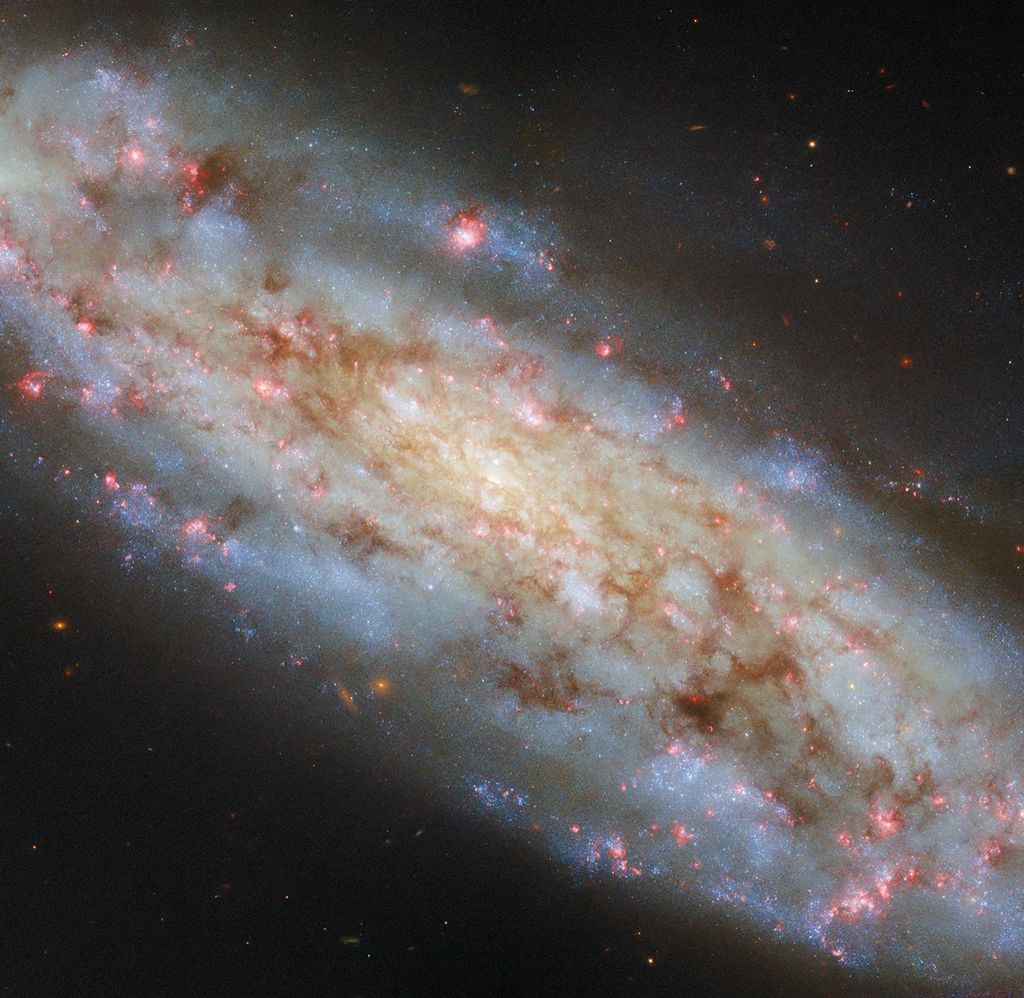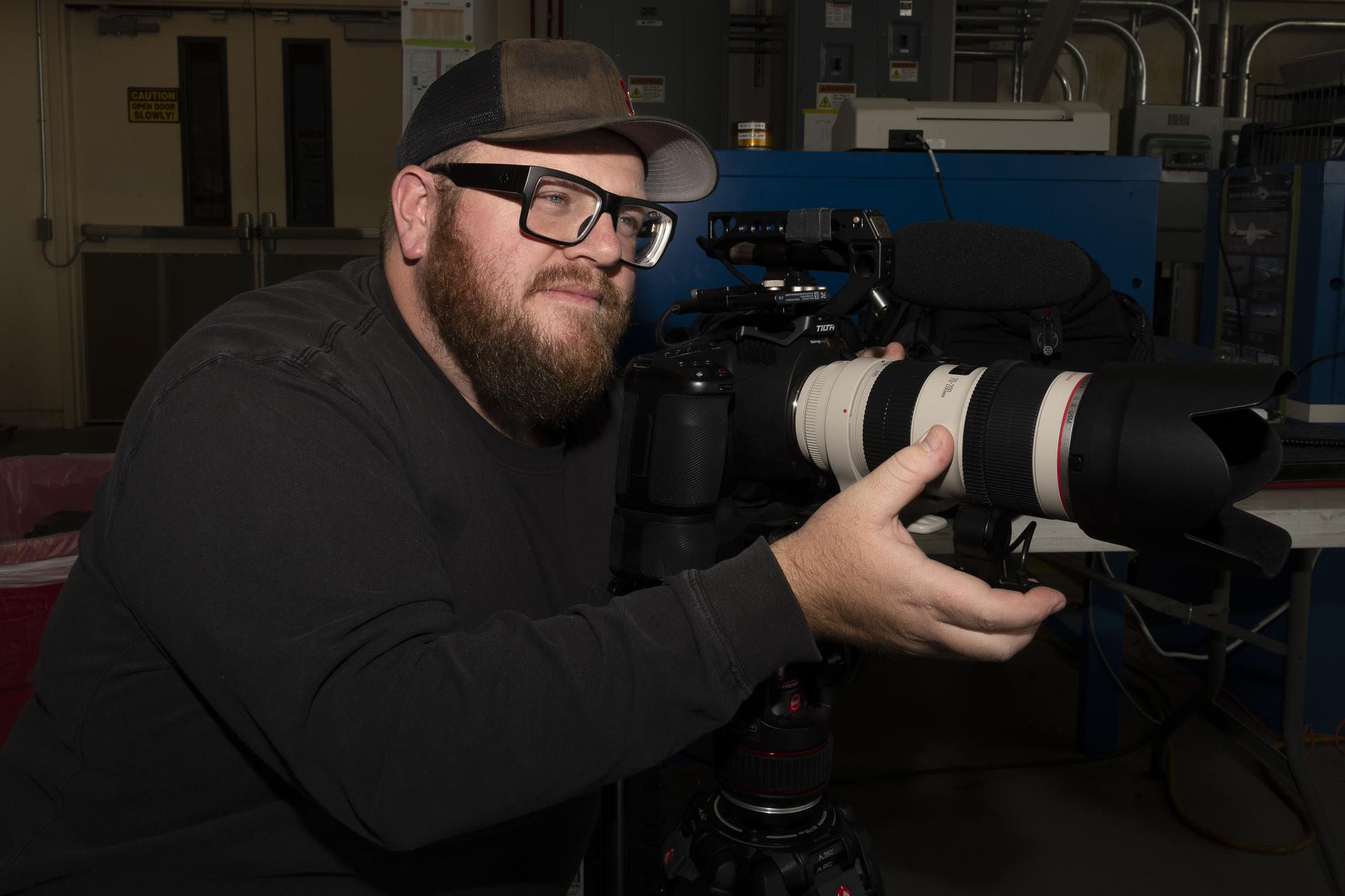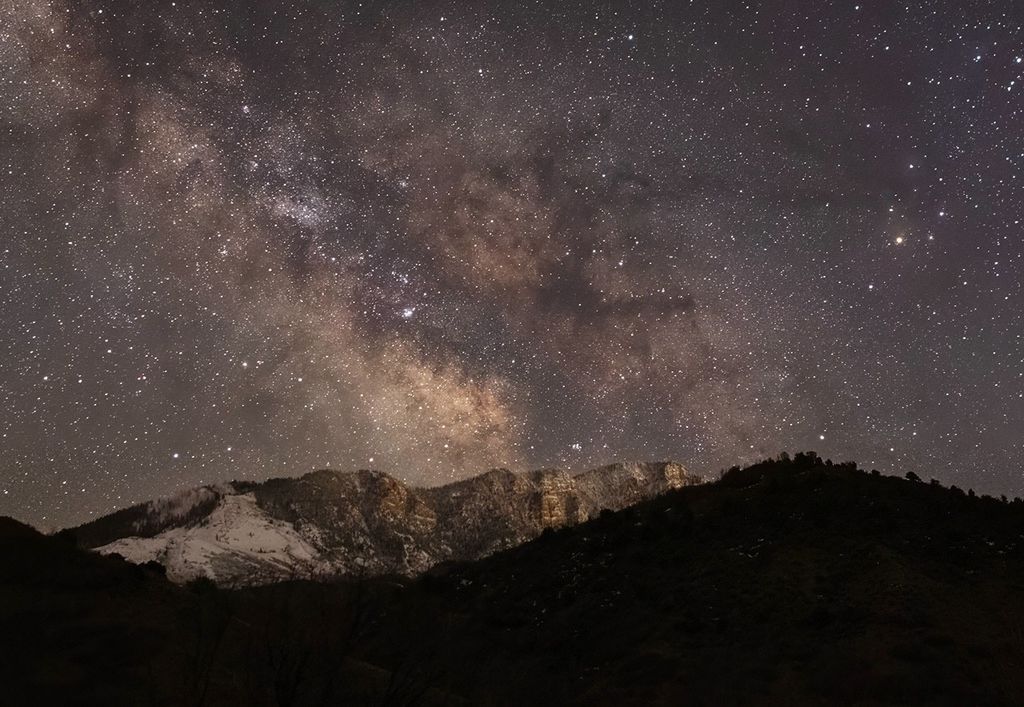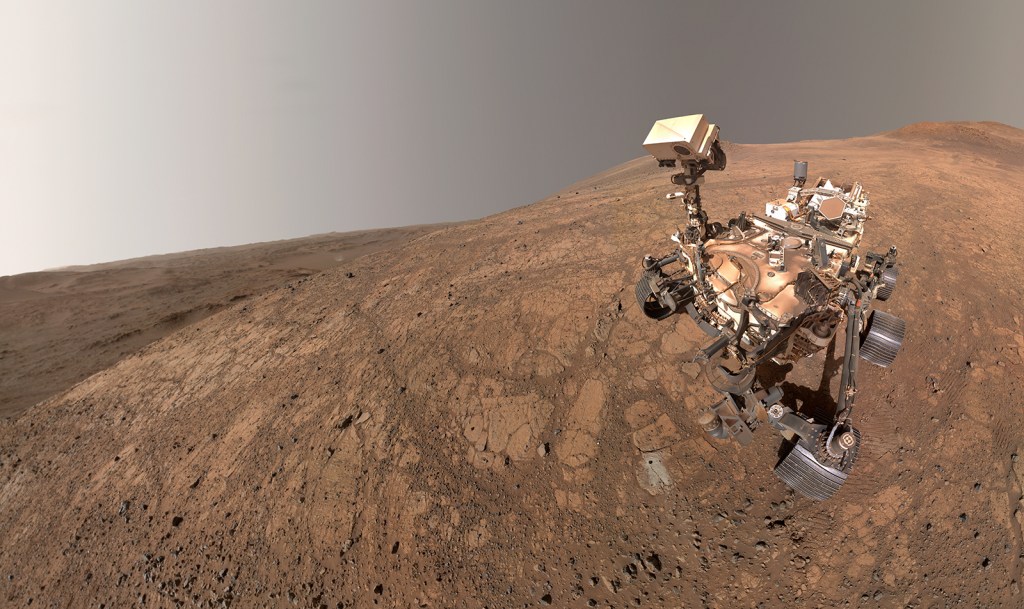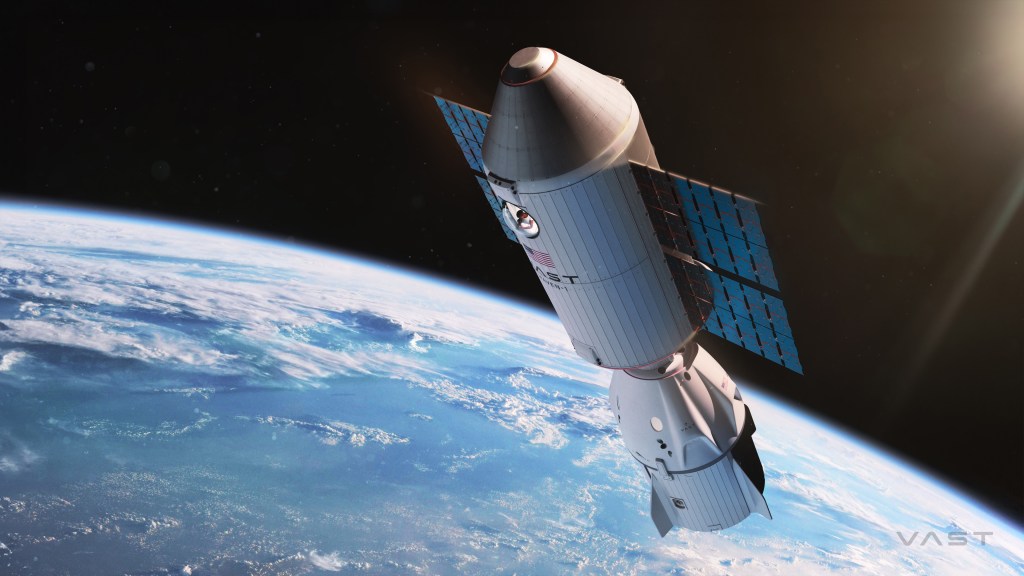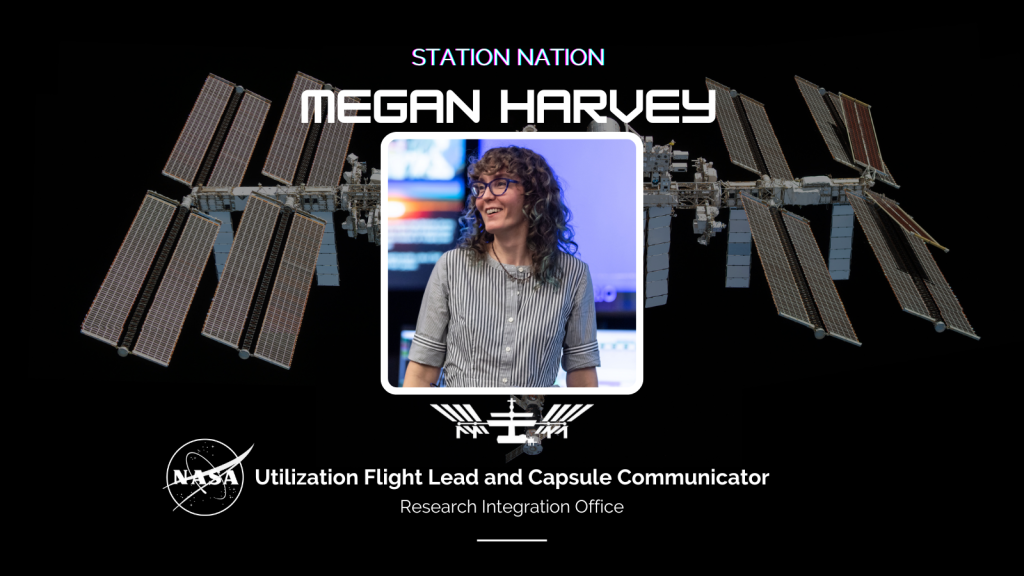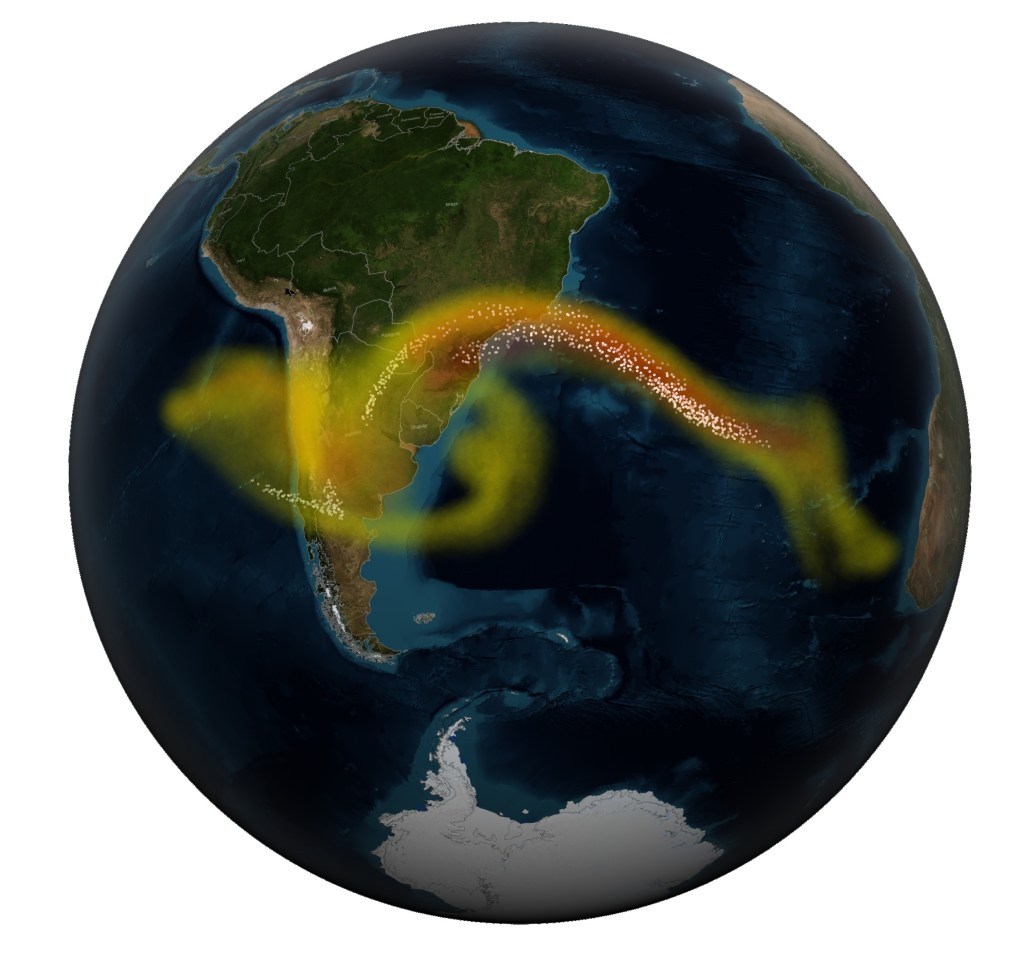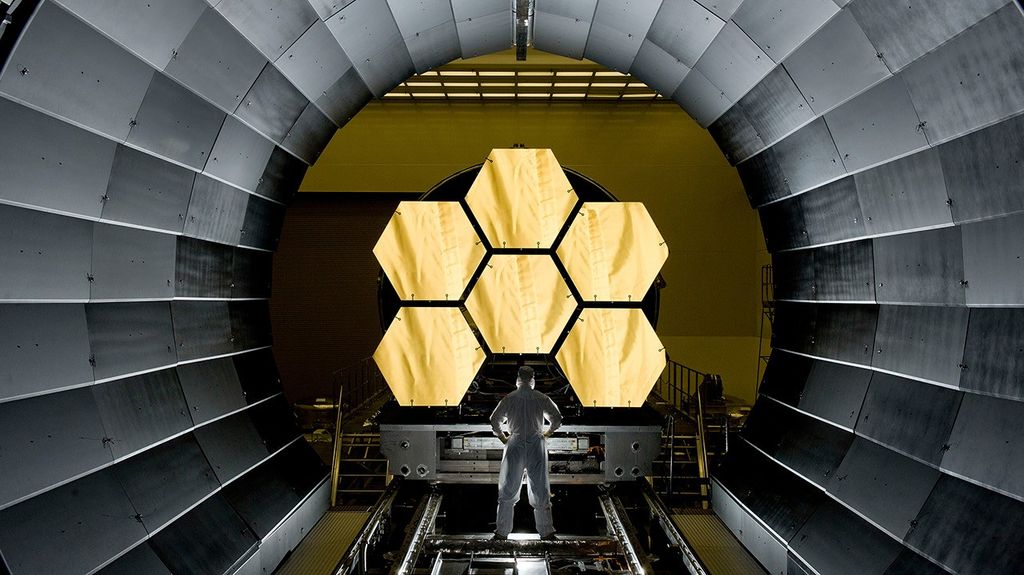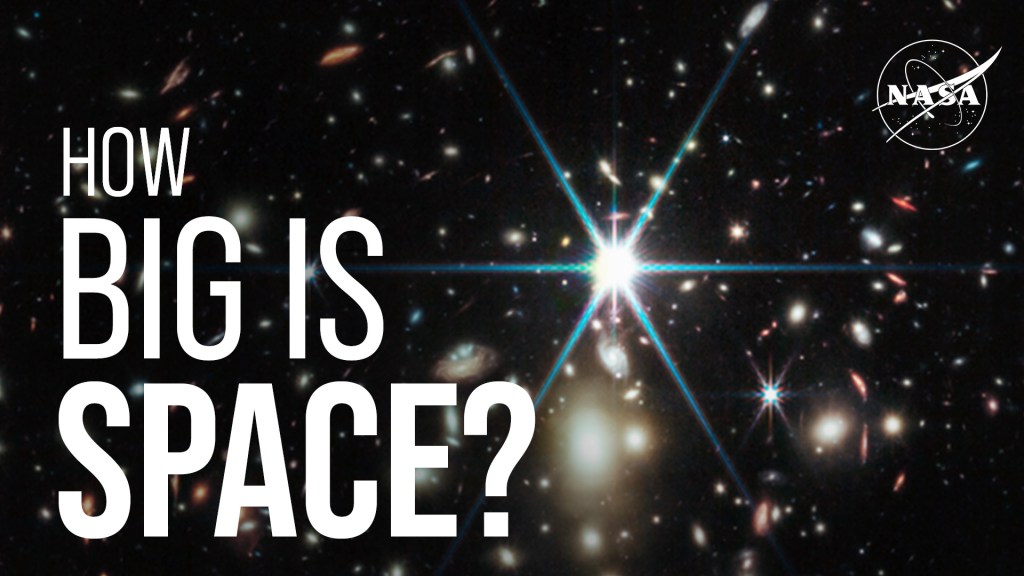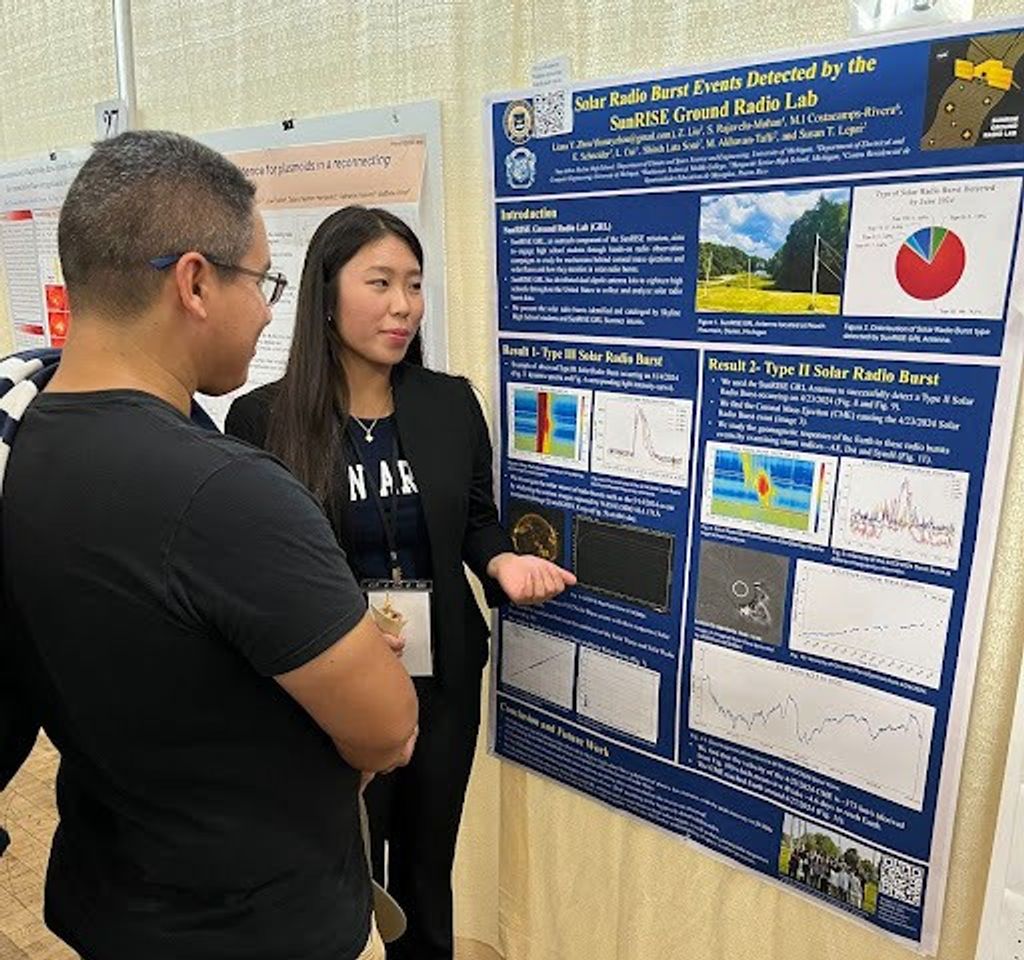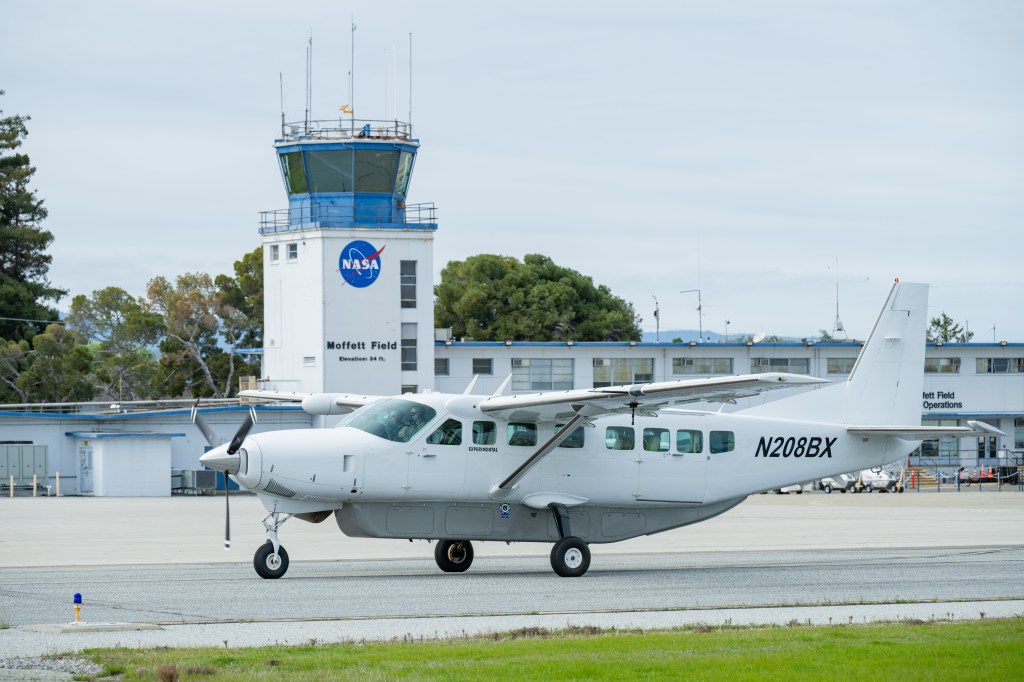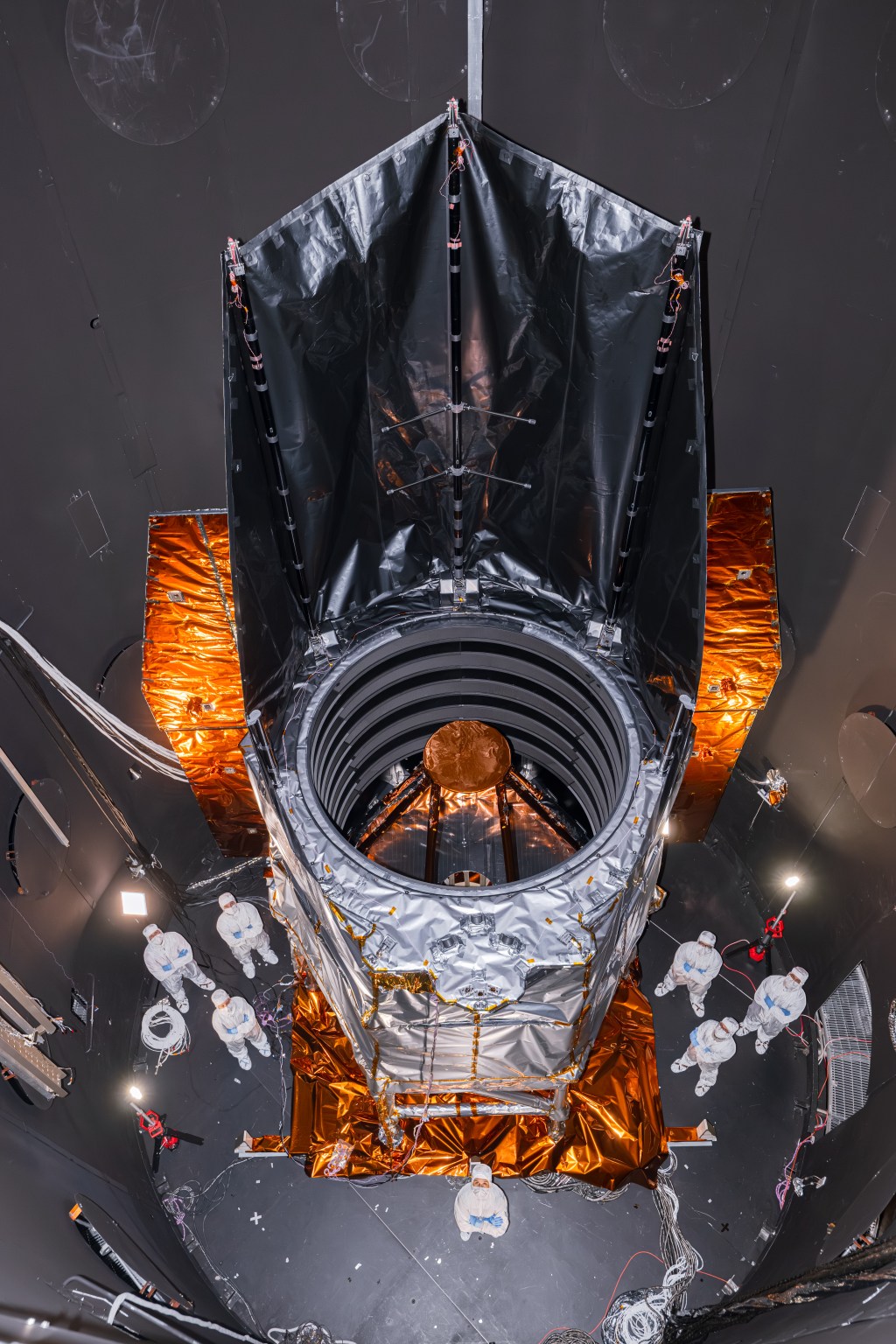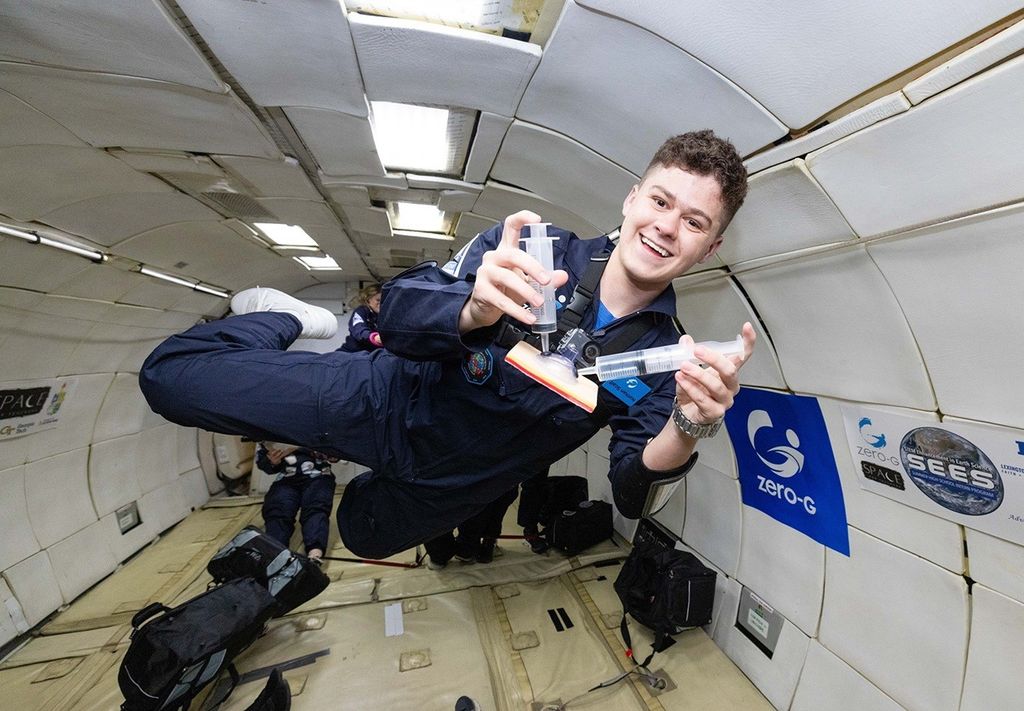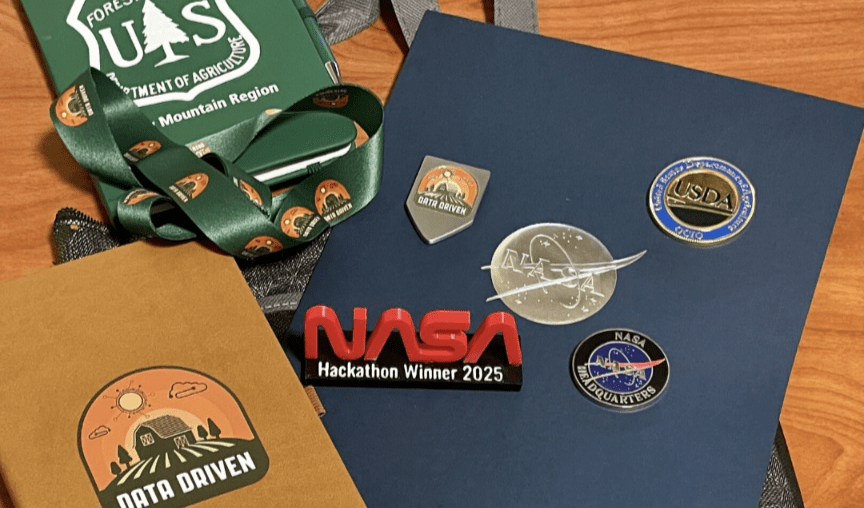1 min read
Pull-out: “Peekaboo” Dwarf Galaxy HIPASS J1131–31

NASA's Hubble Space Telescope captured a detailed image of the tiny galaxy HIPASS J1131–31, nicknamed the "Peekaboo Galaxy," despite its proximity to a bright foreground star. In addition to Hubble imagery, astronomers used the South African Large Telescope (SALT) to collect detailed spectroscopic data on the galaxy's stars, which show it to be one of the least chemically enriched galaxies ever discovered in the local universe.
Typically, generations of stars produce more—and more complex—chemical elements (which astronomers call "metals") over cosmic time. At the dawn of the universe, 13.8 billion years ago, hydrogen and helium were the only abundant elements. Early galaxies that were made up of some of the first generations of stars had not had time to build up much chemical complexity. Evolved galaxies like our own Milky Way have stars that are many billions of years old and are metal-rich, including all the elements that make life on Earth possible. The stars of the Peekaboo Galaxy, however, appear to be only a few billion years old at most. Why, and how, the Peekaboo Galaxy delayed star-formation for so many billions of years is a question that astronomers will continue to investigate.
About the Object
- R.A. PositionR.A. PositionRight ascension – analogous to longitude – is one component of an object's position.11:31:35.2
- Dec. PositionDec. PositionDeclination – analogous to latitude – is one component of an object's position.-31:40:20
- ConstellationConstellationOne of 88 recognized regions of the celestial sphere in which the object appears.Hydra
- DistanceDistanceThe physical distance from Earth to the astronomical object. Distances within our solar system are usually measured in Astronomical Units (AU). Distances between stars are usually measured in light-years. Interstellar distances can also be measured in parsecs.About 22 million light-years (~6.8 Mpcs)
- DimensionsDimensionsThe physical size of the object or the apparent angle it subtends on the sky.Image is approximately 3 arcminutes across (20,000 lys)
About the Data
- Data DescriptionData DescriptionProposal: A description of the observations, their scientific justification, and the links to the data available in the science archive.
Science Team: The astronomers who planned the observations and analyzed the data. "PI" refers to the Principal Investigator.This image was created from Hubble data from proposal: 15922 (R. B. Tully)
- InstrumentInstrumentThe science instrument used to produce the data.ACS/WFC
- Exposure DatesExposure DatesThe date(s) that the telescope made its observations and the total exposure time.14 July 2020
- FiltersFiltersThe camera filters that were used in the science observations.F606W, F814W
- Object NameObject NameA name or catalog number that astronomers use to identify an astronomical object.HIPASS J1131–31
- Object DescriptionObject DescriptionThe type of astronomical object.Dwarf galaxy
- Release DateDecember 6, 2022
- Science ReleasePeekaboo! Tiny, Hidden Galaxy Provides a Peek into the Past
- CreditNASA, ESA, Igor Karachentsev (SAO RAS); Image Processing: Alyssa Pagan (STScI)

These images are a composite of separate exposures acquired by the Hubble Space Telescope using the ACS/WFC instrument. Several filters were used to sample different wavelength ranges. The color results from assigning different hues (colors) to each monochromatic (grayscale) image associated with an individual filter. In this case, the assigned colors are: Cyan: F606W, Orange: F814W
Related Images & Videos

"Peekaboo" Dwarf Galaxy HIPASS J1131–31
Tiny galaxy HIPASS J1131–31 peeks out from behind the glare of star TYC 7215-199-1, a Milky Way star positioned between Hubble and the galaxy. One hundred years ago, this fast-moving foreground star would have appeared directly in the line of sight, and the "Peekaboo" galaxy...
Share
Details
Claire Andreoli
NASA’s Goddard Space Flight Center
Greenbelt, Maryland
claire.andreoli@nasa.gov

